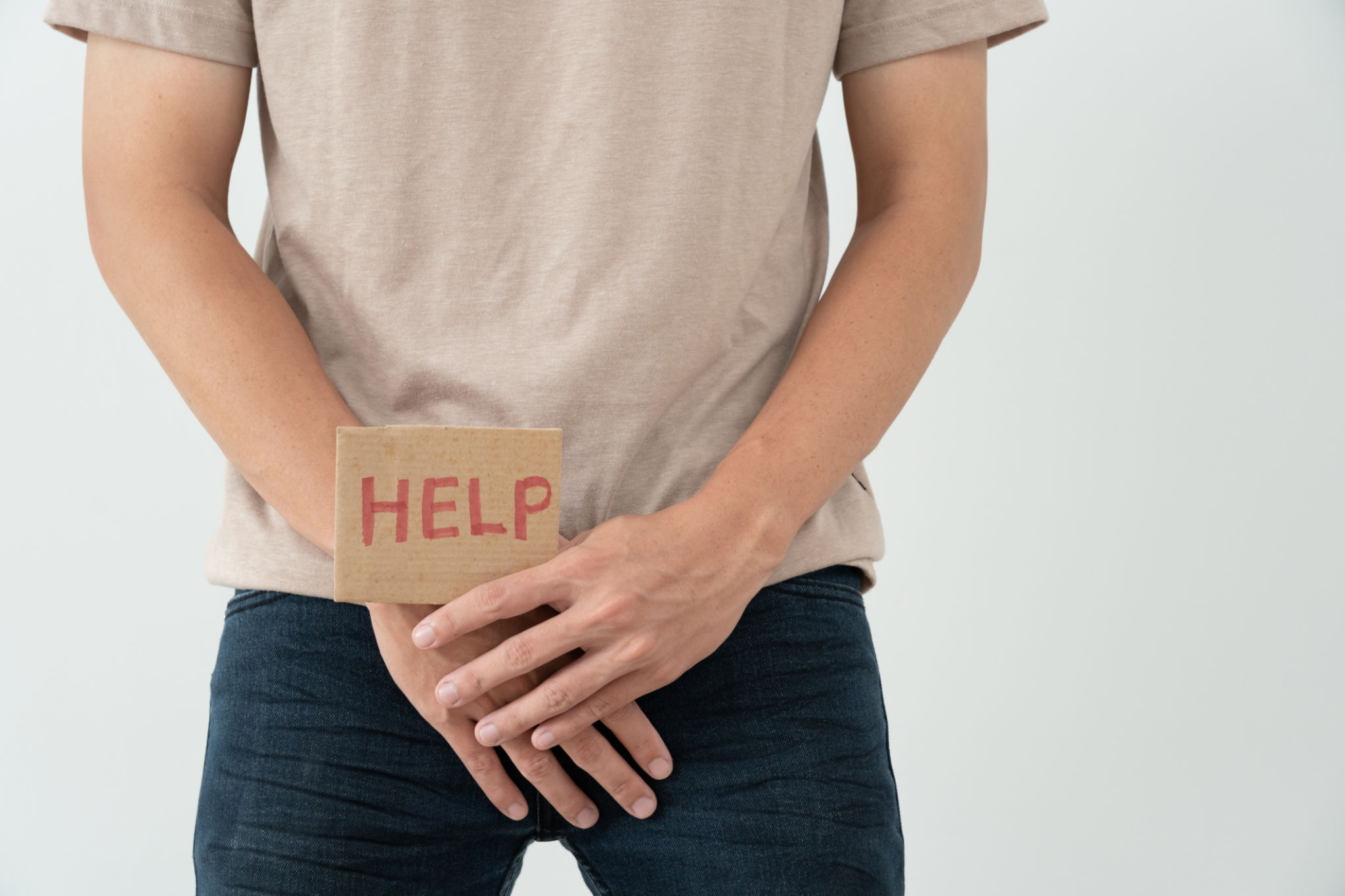Debunking Myths About Pelvic Health
Understanding Pelvic Health
Pelvic health is an essential aspect of overall well-being, yet it is often misunderstood and shrouded in myths. Many people are unaware of the importance of maintaining a healthy pelvic region and the various conditions that can affect it. By debunking common myths, we can promote a better understanding of pelvic health and encourage proactive care.

Myth 1: Pelvic Health Issues Only Affect Women
One of the most prevalent myths is that pelvic health concerns are exclusive to women. While women may experience a range of pelvic health issues, men are not immune. Conditions such as pelvic floor dysfunction, incontinence, and chronic pelvic pain can affect anyone, regardless of gender. It's important to recognize that pelvic health is a universal concern.
Men's Pelvic Health Issues
Men may experience specific pelvic health issues such as prostatitis, erectile dysfunction, and incontinence. These conditions can significantly impact quality of life and require appropriate medical attention. By acknowledging that pelvic health affects everyone, we can foster a more inclusive conversation and encourage both men and women to seek help when needed.

Myth 2: Pelvic Exercises Are Only for the Elderly
Pelvic exercises are often associated with the elderly or those recovering from childbirth. However, these exercises can benefit people of all ages. Strengthening the pelvic floor muscles can help prevent issues such as incontinence and improve core stability. Everyone can incorporate pelvic exercises into their fitness routine for better health.
Benefits of Pelvic Exercises
- Improved bladder control
- Enhanced sexual function
- Reduced risk of prolapse
- Increased core strength
By dispelling the myth that pelvic exercises are unnecessary for younger individuals, we can encourage a proactive approach to maintaining pelvic health throughout life.

Myth 3: Incontinence Is Inevitable with Age
Another common misconception is that incontinence is an unavoidable part of aging. While age can be a factor, it is not the sole cause of incontinence. Various factors such as lifestyle, diet, and underlying medical conditions can contribute to this issue. It's crucial to understand that incontinence is treatable and not something one has to simply accept.
Treatment Options for Incontinence
Treatment for incontinence varies depending on the cause and severity. Options may include:
- Pelvic floor therapy
- Medications
- Surgical interventions
- Lifestyle changes such as diet modification and weight management
Individuals experiencing incontinence should consult healthcare professionals for personalized advice and treatment.

Myth 4: Pain During Sex Is Normal
Pain during sexual intercourse is not normal and should not be dismissed as something one must endure. This issue can stem from various causes, including vaginal dryness, infections, or pelvic floor dysfunction. Addressing these underlying issues is crucial for improving sexual health and overall well-being.
Addressing Painful Intercourse
If you experience pain during sex, it's important to speak with a healthcare provider to determine the cause and explore treatment options. Many solutions are available, including physical therapy, medications, or counseling. Taking action can lead to a more enjoyable and fulfilling intimate life.
By debunking these myths about pelvic health, we pave the way for better awareness and proactive care. Understanding the importance of pelvic health empowers individuals to seek appropriate treatment and improve their quality of life.
